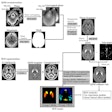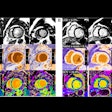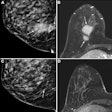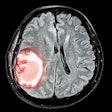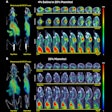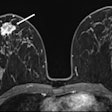A new interventional radiology treatment known as prostatic artery embolization may help men with debilitating symptoms caused by an enlarged prostate, according to a study presented at this week's Society of Interventional Radiology (SIR) annual meeting in San Francisco.
The treatment could benefit men who might not be candidates for transurethral resection of the prostate (TURP) and may allow them to avoid serious complications after surgery such as impotence, retrograde ejaculation, and urinary incontinence.
To use MRI and ultrasound to study the exact anatomy of the prostate, researchers threaded a microcatheter 1 mm in diameter into the prostate arteries. Twelve prostatic artery embolization procedures using resin microspheres as embolizing agents were performed in 11 individuals (average age, 68.5 years) under local anesthesia.
Follow-up ranged from 16 months to 45 months. At the time of treatment, the men's prostate size ranged from 30 g to 90 g, compared with the normal male prostate, which weighs 20 g to 25 g. Both ultrasound and MRI scans revealed an overall 30% volume reduction in the prostate at follow-up.
Overall clinical improvement in lower urinary tract symptoms at one year also was observed and corroborated by all patients. The patients also reported a high degree of satisfaction and increased quality of life after the treatment.
Study co-author Dr. Francisco Cesar Carnevale, professor at the University of São Paulo, and colleagues then assessed the quality of life and evaluated urinary system function. Clinical success was seen in 91% of those treated, they reported.


.fFmgij6Hin.png?auto=compress%2Cformat&fit=crop&h=100&q=70&w=100)



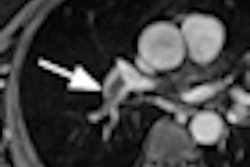

.fFmgij6Hin.png?auto=compress%2Cformat&fit=crop&h=167&q=70&w=250)




